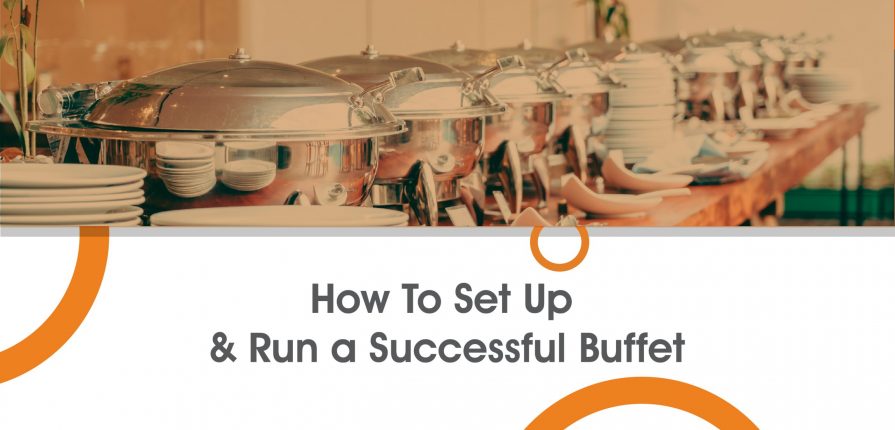Buffets exist in numerous variations around the world. They allow diners to make selections from a range of dishes, and often return for multiple servings. But what does it take to set one up, and run it successfully? Let’s take a look at some tips.
MAKE A BUSINESS PLAN
One of the first tasks when setting up a buffet is to come up with a good business plan. Software options exist to help improve the value of your service. Focus on increasing footfalls and managing overheads since buffet patrons usually do not take too well to price increases. Usually food costs are between 30-35 per cent the cost of the meal.
When making a business plan, always decide who your target audience and market niche is, conduct a market analysis and understand your competition, and figure out where your ingredients will be sourced from.
Your business plan will also need to include a management and employee structure, marketing strategies and financial projections to keep you on target.
DECIDE A LAYOUT
Layouts strategically encourage guests to fill up on cheaper items and go easy on the more expensive ones. Typically, buffets serve salads, veggies, and starches such as rice and noodles first. They also offer larger ladles to serve these items.
By the time hungry guests have loaded their plates, the trays with meat, fish and other costlier dishes come along. These are usually served using tongs, encouraging smaller portion sizes.
Designing layouts also includes aesthetics of the dining area and buffet line, the colour schemes, lighting and furniture.
TYPES OF BUFFETS
Some buffets allow for a single pass – the guest can only serve once, but most buffets opt to allow multiple servings. One form includes fixed portions pre-served on plates and charges based on which dish was chosen (from colour-coded plates) or the weight of the food.
In many Asian restaurants, carts containing different dishes such as dim sum, sushi or barbecued meats are wheeled around and guests choose what they want. Some buffets contain live stations for food items such as omelettes, crepes, sushi, dosas, tandoori, etc prepared according to individual preference.
Many hotels and cruise ships offer ‘all you can eat’ buffets where diners can eat as much food as they want for a fixed cost. These usually include a lot of veggie and starch dishes to help fill up customers.
MAKING MONEY
Sometimes it’s hard to understand how a buffet can be profitable. But considering the difference between food cost and meal charge, restaurants can definitely make money.
It’s important to keep tabs on what sells and what doesn’t. Rejig the menu towards lower cost dishes if profitability isn’t showing up after six months. You can also exclude beverages from the meal cost, making it a tableside offering.
Buffet ventures also use smaller serving pans to discourage large servings and also minimise food waste. Plates, bowls and silverware might also be smaller to reduce portion sizes, force guests to eat slower and thus get full faster.
More expensive items such as carved ham or turkey are usually served at a station by a chef to exercise more control over portion sizes.







Leave a Reply